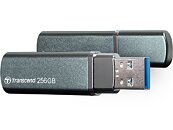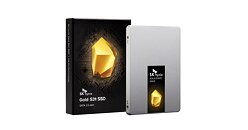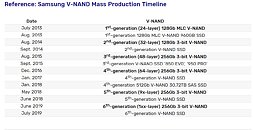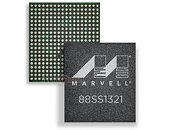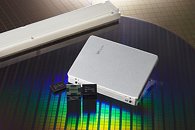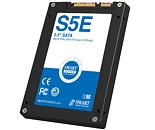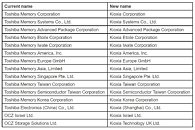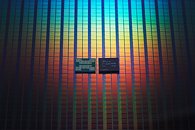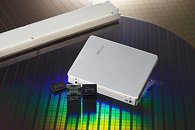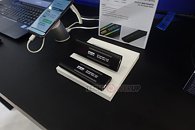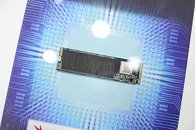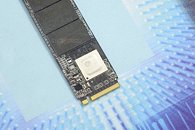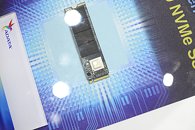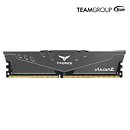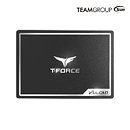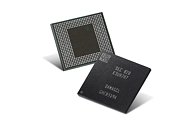
Transcend Announces JetFlash 910 High-Endurance USB Flash Drive
Transcend Information Inc. (Transcend ), a leading manufacturer of storage and multimedia products, is proud to present the market-redefining JetFlash 910, a USB flash drive that packs incredible performance and endurance into a compact USB form factor. The flash drive utilizes the latest 3D NAND technology for up to 420 MB/s and 400 MB/s read and write speeds and an excellent endurance level of 3,000 P/E cycles - the equivalent of MLC NAND flash. With capacities up to 256 GB, the JetFlash 910 is ideal for storing a trove of 4K videos and high-resolution images, transferring them in a flash. Housed in lightweight aluminium with a sandblasted finish for extra durability and a sleek look, the JetFlash 910 takes the USB storage experience to a brand new level.
At 10 times the lifespan of a regular TLC flash drive, the JetFlash 910 offers superior and persistent protection of key data, making it great everyday carry for work and life. Having a high endurance rating also makes the JetFlash 910 well-suited for write-intensive applications, such as dashcams or surveillance systems. The aluminium metallic housing makes the USB flash drive less prone to wear, while gracing it with an extra touch of sleekness.
At 10 times the lifespan of a regular TLC flash drive, the JetFlash 910 offers superior and persistent protection of key data, making it great everyday carry for work and life. Having a high endurance rating also makes the JetFlash 910 well-suited for write-intensive applications, such as dashcams or surveillance systems. The aluminium metallic housing makes the USB flash drive less prone to wear, while gracing it with an extra touch of sleekness.
